
Workers air soybeans in Beian, Northeast China's Heilongjiang province, Oct 20, 2022. (Photo/Xinhua)
A mix of methods, including crop rotation and intercropping, have been used to expand the growing area for soybean and rapeseed, which are central to making cooking oil and animal feed, agriculture officials said on Wednesday.
There were 10.26 million hectares of soybeans on the mainland last year, the largest amount since 1958 and an increase of 1.82 million hectares year-on-year, Zeng Yande, chief agronomist of the Ministry of Agriculture and Rural Affairs, said at a news conference held by the State Council Information Office in Beijing.
Pan Wenbo, director of the ministry's crop farming management department, said that soybean output rose to 20.28 million metric tons, 3.89 million higher than in 2021. "It was the first time the soybean output on the mainland has surpassed 20 million tons," he said, adding that this helped raise the soybean self-sufficiency rate by 3 percentage points in a single year.
Oil crop output edged up 1.1 percent to 36.53 million tons last year, said Zeng, who also heads the ministry's development and planning department.
The improved supply, coupled with a national campaign to encourage frugality in the catering sector, has led to a 1.6 percentage point rise in self-sufficiency in overall cooking oil production, he added.
Pan explained that the increases were the outcome of a project rolled out last year by the central government to expand the cultivation of soybean and other oil crops.
He said the ministry had employed a range of techniques to accomplish a "political task that cannot fail".
In Northeast China, a traditional soybean growing area, farmers have rotated the crop with corn.
In places such as Northwest China and the lower reaches of the Yangtze River, growers were encouraged to intercrop soybeans and corn if conditions allowed. More than 1,000 counties scattered across 16 provincial regions were involved, Pan said.
As for rapeseed, grain fields in southern provinces left vacant during winter have been used to bolster output. Farmers in Northwest China were also incentivized to plant rapeseed in spring.
Other oil crops such as peanuts, flax, sesame and sunflower have been promoted across northern regions, Pan said.
He added that this year, the ministry aims to expand growing areas for soybean and oil crops by at least 660,000 hectares, and raise the self-sufficiency rate for cooking oil production by 1 percentage point.
After the founding of the People's Republic of China, the area planted with soybeans peaked at 12.73 million hectares in 1957. Cultivation of the crop started contracting in the 1990s after it was edged out by more lucrative cash crops such as corn.
China was the world's largest producer of soybeans until the War of Resistance Against Japanese Aggression (1931-45), but now buys up to 60 percent of its needs on the global market.
The success in increasing oil crops was the result of an overall grain production push in the midst of the pandemic and numerous natural disasters.
Pan said grain output last year, which hit 686.5 million tons, was at an all-time high and had remained above the 650-million-ton benchmark set by central authorities for the eighth consecutive year.
"Unless you've experienced something in person, it's hard for you to truly understand the hardship involved," he said, citing a Chinese proverb.
Rainfall caused widespread disruption to the planting of crops harvested in the summer, and one-third of winter wheat was planted later than planned. Novel coronavirus outbreaks, droughts and insect plagues also complicated summer harvests, Pan said.
To ensure a bumper crop, grain-growing areas were expanded by 701,000 hectares last year, he said.
Some 40 billion yuan ($5.9 billion) was handed out to farmers as compensation for the lackluster price of rice and wheat. Another 17 billion yuan was earmarked to help with harvests in summer, he added.








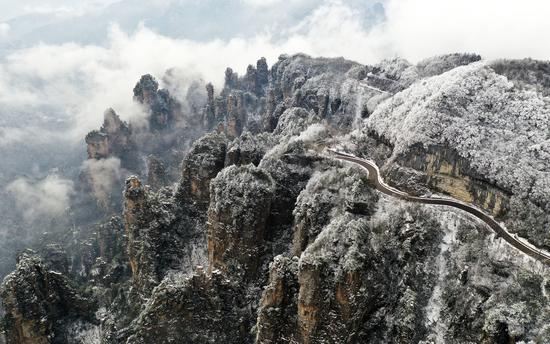








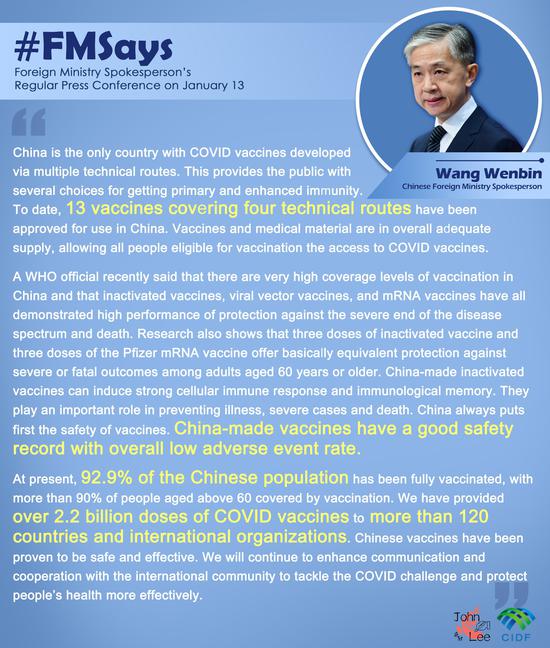

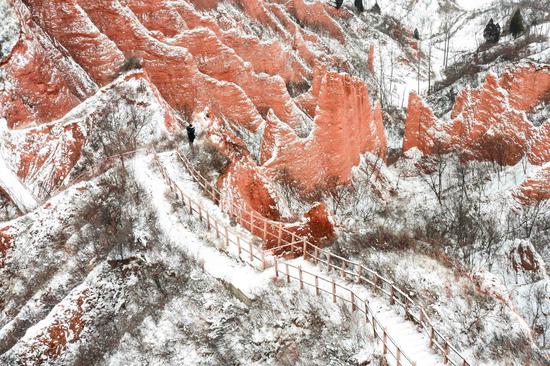




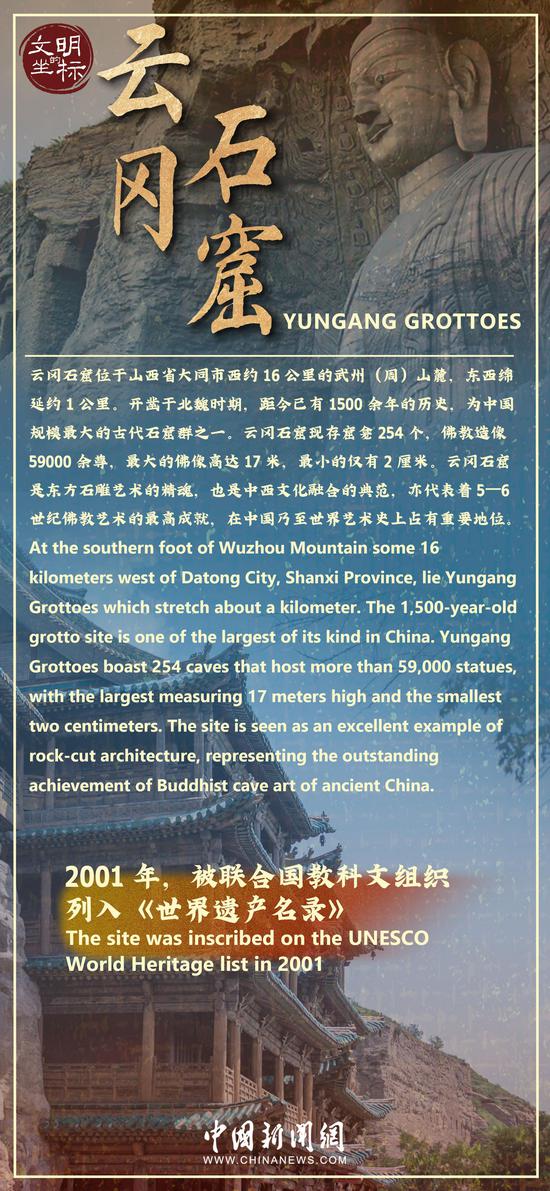

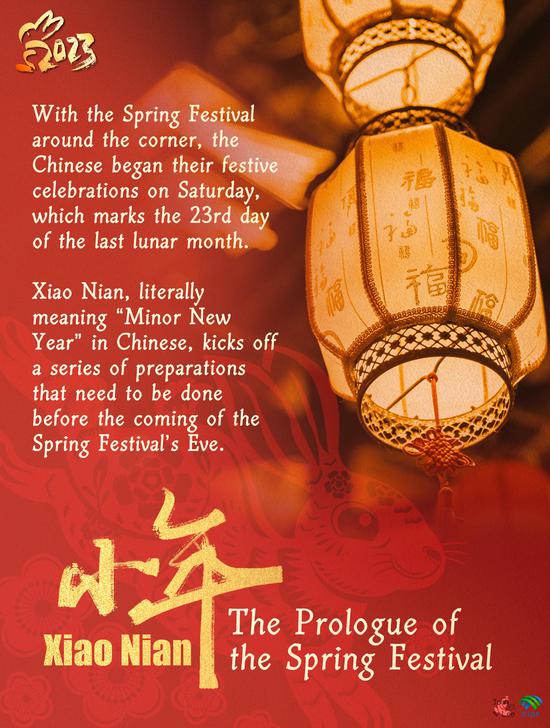
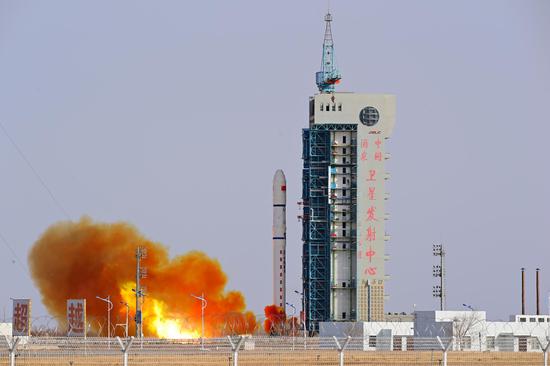







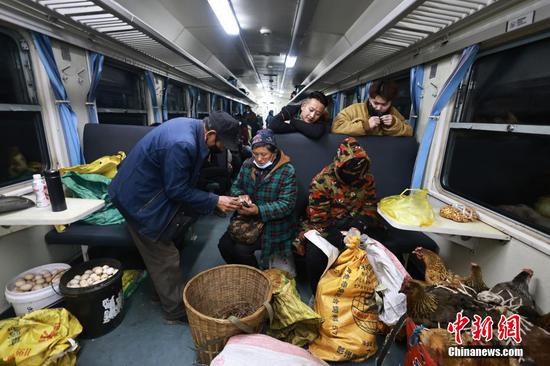
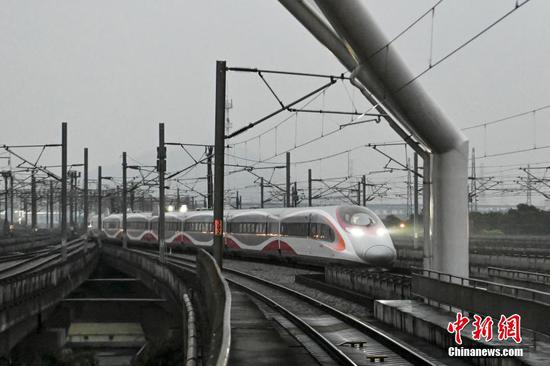
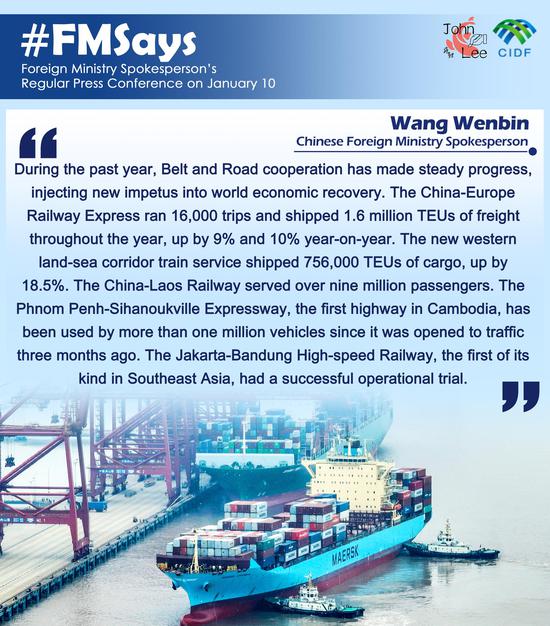

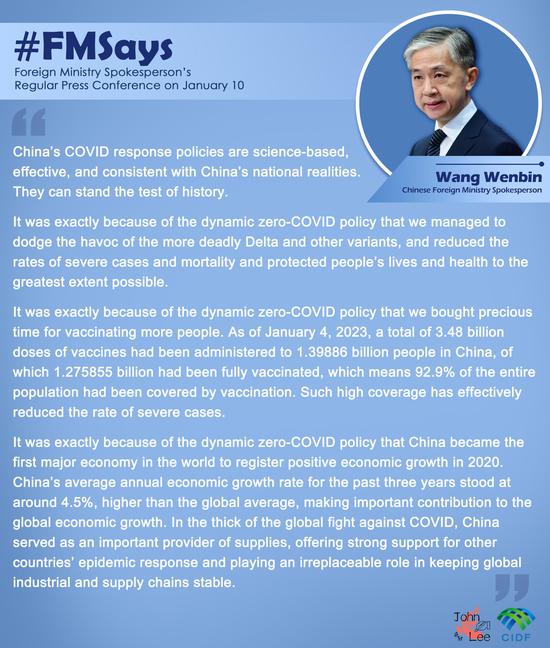



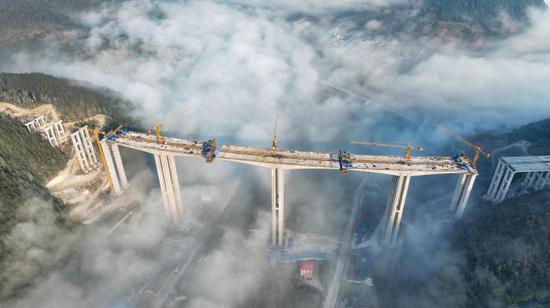
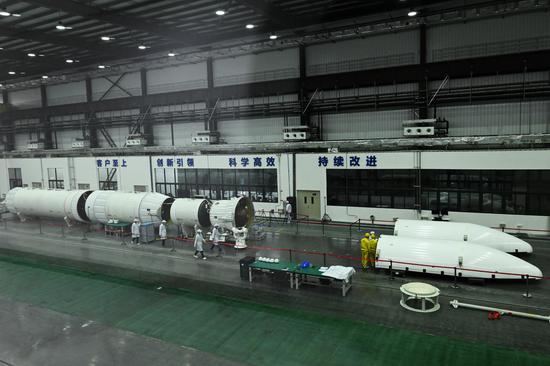





 京公網安備 11010202009201號
京公網安備 11010202009201號